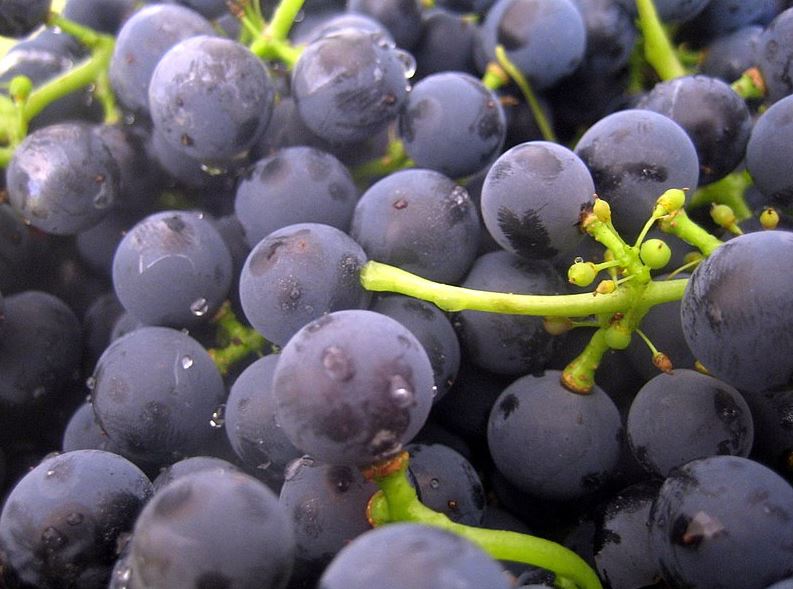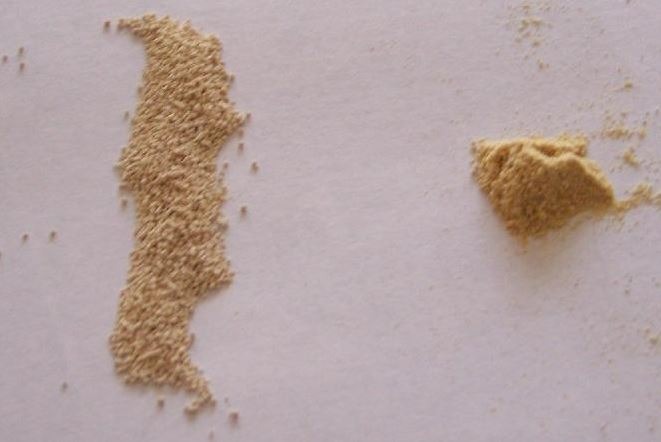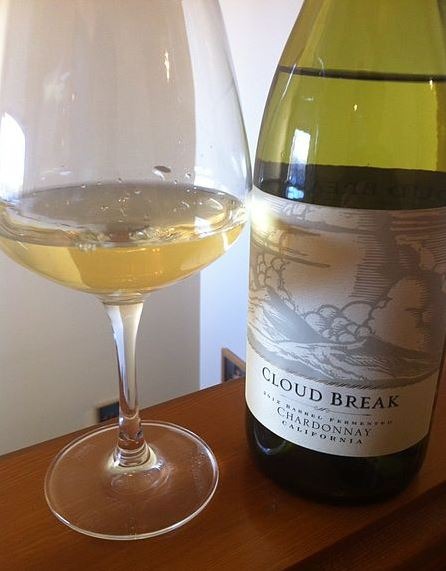Introduction
Grape juice is converted to an alcoholic beverage during the fermentation process in the production of wine. During the fermentation process, yeasts convert the juice’s carbohydrates into ethanol and carbon dioxide (a byproduct). The temperature and rate of fermentation, as well as the amount of oxygen in the must at the beginning of the fermentation, are crucial factors in the production of wine.
History
Fermentation happens naturally, thus it was probably first noticed by humans a very long time ago. The term “fermentation” was first used to describe the apparent “boiling” of the must that resulted from the yeast’s anaerobic response to the sugars in the grape juice and the production of carbon dioxide. The verb fervere literally translates to “boil.” Louis Pasteur made a connection between yeast and the fermentation process in the middle of the 19th century. During the fermentation process, yeast serves as a catalyst and mediator for a sequence of reactions that turn sugar into alcohol. The Embden-Meyerhof-Parnas route, which was discovered in the early 20th century by Gustav Embden, Otto Fritz Meyerhof, and Jakub Karol Parnas, added to our understanding of the intricate chemical reactions that take place during the conversion of sugar to alcohol. A single-use bioreactor-like automated winemaking equipment that ferments in single-use liners was created by the New Jersey-based wine technology business GOfermentor in the early 2010s.
Process of Wine Fermentation
Grape juice is converted into wine through the process of wine fermentation. The basic phases of wine fermentation are as follows:
- Harvesting. Grapes are picked and sorted before being picked, crushed, and their juice released.
- Yeast addition. The grape juice is given a yeast boost to begin the fermentation process. As a consequence of yeast consuming the sugar in the grape juice, alcohol, and carbon dioxide are created.
- Fermentation. Wine juice and yeast are combined, and the combination is allowed to ferment in a vessel that is commonly constructed of stainless steel, concrete, or wood. The grape juice’s sugar is transformed into alcohol during fermentation, while carbon dioxide is liberated as gas. Depending on the intended wine type, the fermentation process might last anywhere from a few days to many months.
- Pressing. Following the end of the fermentation process, the wine is separated from the solids (skins, seeds, etc.) by a procedure known as pressing. The particles are removed, and the wine is transferred to a fresh container.
- Aging. Wine is matured for several months or years in barrels or tanks to give it time to develop rich tastes and aromas.
- Bottling. Wine is bottled and sealed with a cork or screw cap once it has achieved the required level of maturity.
Winemakers keep an eye on the temperature, sugar content, acidity, and other elements during the fermentation process to make sure the wine is maturing appropriately. A distinctive and intricate beverage that represents the characteristics of the grapes, the fermentation process, and the style and abilities of the winemaker is the end product.
The two forms of yeast used in winemaking are ambient (found naturally) and cultivated (isolated and inoculated). Wild yeasts can provide distinctive tastes, but they can also bring about unpleasant characteristics or deterioration. Commonly employed to regulate fermentation and enhance particular tastes are cultured yeasts, primarily from the Saccharomyces cerevisiae species. For further complexity, yeasts other than Saccharomyces cerevisiae are also used. To cut down on the diversity of strains that emerge during spontaneous fermentation, active dry yeasts are utilized. In order to survive and grow, yeasts require access to carbon, nitrogen, sulfur, phosphorus, vitamins, and minerals. While oxygen is required, it should be used sparingly to prevent oxidation and vinegar taint. Sugar is transformed by yeast into various molecules, and then ultimately into ethanol. After the yeast has completed its life cycle or the alcohol content reaches 15%, lees, the yeast sediment, develop at the bottom of the fermentation tank.
Other compounds involved
By breaking down sugars and metabolizing amino acids, yeasts produce additional biochemical substances that can enhance the flavor and fragrance of wine. These substances can be classified as “volatile” or “non-volatile” depending on whether they are aldehydes, ethyl acetate, ester, fatty acids, fusel oils, hydrogen sulfide, ketones, or mercaptans. During fermentation, yeast also has the effect of releasing glycoside hydrolase, which can hydrolyze the flavor precursors of phenols, monoterpenes, norisoprenoids, aliphatics, benzene derivatives, and floral aromas from grapes like Muscat and Traminer.
Some yeast strains have the ability to produce volatile thiols, which are a key component of the fruity fragrances found in many wines, including the perfume of gooseberries that is frequently connected to Sauvignon blanc.
Some red wines, like Burgundy and Pinot noir, have a “barnyard aroma” attribute that is caused by Brettanomyces yeasts.
Wine does not contain a lot of methanol. In most cases, the concentration ranges between 0.1 and 0.2 g/liter. These minute amounts have no negative effects on humans and have no immediate impact on the senses.
Other types of fermentation
In the process of creating wine, several procedures that are referred to as “fermentation” may not always proceed in the manner that is often associated with wine fermentation.
Bottle fermentation
After the cuvee has undergone a primary yeast fermentation, it is then put into bottles and goes through a secondary fermentation in which sugar and additional yeast is known as liqueur de tirage are added to the wine. This method of producing sparkling wine originated in the Champagne region. The carbon dioxide bubbles that are characteristic of sparkling wine are produced by a secondary fermentation process.
Carbonic maceration
Instead of adding yeast, the whole grape fermentation method—also known as carbonic maceration—encourages the grapes’ natural fermentation within each individual grape berry. This process, which is frequently used to make Beaujolais wine, entails storing complete clusters of grapes in a closed container while carbon dioxide is used to replace the oxygen. In contrast to typical fermentation, in which yeast turns sugar into alcohol, carbonic maceration involves the breakdown of grape cellular material by enzymes to produce ethanol and other chemical characteristics. Wines made as a result are often fruity and mellow.
Malolactic fermentation
Bacteria are crucial to malolactic fermentation, which is essentially the transformation of malic acid into lactic acid, as opposed to yeast. This has the advantage of lessening some of the acidity and softening the flavor of the final wine. Malolactic fermentation may occur concurrently with yeast fermentation, depending on the type of wine that the winemaker is attempting to develop. As an alternative, it is possible to create yeast strains that, during alcohol fermentation, may change L-malate into L-lactate.
Conclusion
To sum up, the fermentation of wine is a difficult process that turns grape juice into wine. It utilizes yeast, which uses sugar to produce alcohol and carbon dioxide. Depending on the type of wine being made, the fermentation process can span anywhere from a few days to many months. To ensure the wine’s quality and taste profile throughout fermentation, winemakers continuously check the temperature, acidity, and sugar levels. A precise balancing act between several elements that affect the wine’s fragrance, taste, and overall character yields the finished product. For both wine experts and wine fans, comprehension of the wine fermentation process is fundamental to making high-quality wines.




